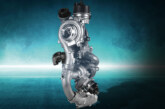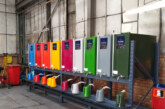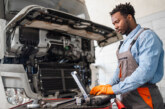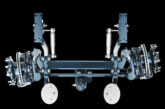Getting the most out of workshop consumables
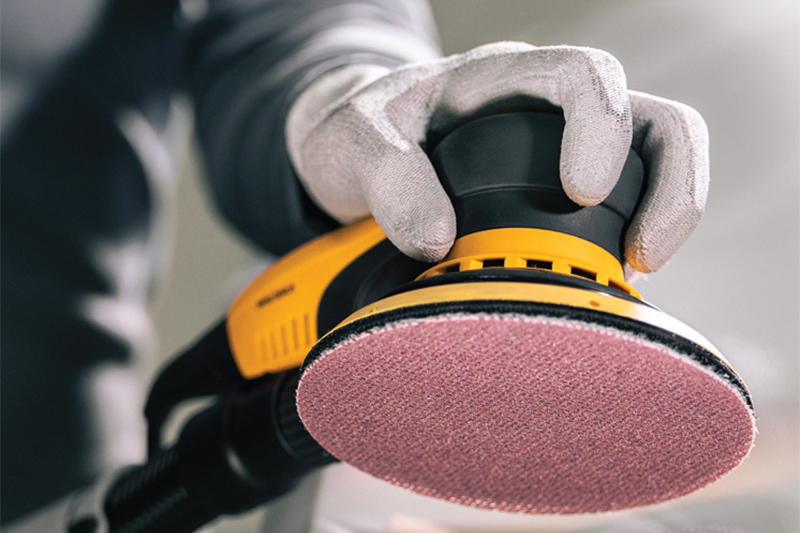
In the current strained economic climate, Mirka gives its tips on how to get the most out of your workshop consumables.
Workshop consumables range from abrasives to fillers and coatings. The price of these items continues to rise, so you may be looking at ways to cut costs without detracting from the quality of the end product. However, if businesses go down the cost-cutting route, it can sometimes lead to them opting for cheaper products, which often proves to be a false economy and reinforces the old adage of ‘buy cheap, buy twice’.
In today’s challenging economic climate, shops need smarter, long-term solutions that optimise both costs and performance, which is where Mirka and its team of experienced technical experts can provide beneficial solutions.
According to Steve Smith, national sales manager Collision Repair, Mirka UK, Mirka is committed to helping businesses work more efficient. He says, “One of the main ways this is achieved is by conducting indepth, on-site audits. These audits might seem like a tick box exercise, but their purpose is to drill down into the business’s processes and assess whether it is truly getting the most out of its current products and processes. This then leads to an action plan being agreed, which will include process improvements, optimised product recommendations based on the jobs on the workshop floor and best-practice guidance that ensures tools and abrasives are being used at an optimal level.
The dust problem
Like any plan, it is constantly reviewed to ensure it meets the needs and requirements of the customer. In addition, Mirka offers customisable training programmes that are based on the customer’s requests and, once completed, it helps the business maximise the efficiency and productivity of the abrasives and tools they are using.”
He adds, “Another area where we are seeing business efficiency is through dust-free sanding. As we all know, dust is a major issue in workshops up and down the country. This is because without proper dust extraction, the dust leads to increased cleaning time, a higher risk of paint contamination, and potential rework – all of which drive up costs and eat into margins which are tight at the best of times. What we are seeing is that businesses that implement a dust-free sanding system are not only reducing the amount of dust produced, they are also significantly lowering valeting costs, which must be passed onto customers, and they are minimising contamination risks that lead to reworks and an increase in key-to-key times.”
Ultimately, cost savings don’t come from a single change but from a combination of small, strategic improvements. When applied together, these adjustments lead to substantial financial and efficiency benefits that help businesses remain competitive in the short, medium, and long term.


